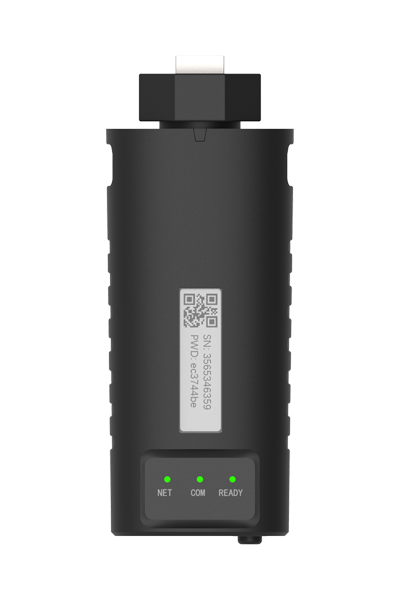jrcromer
Sol-Ark Senior Technical Manager
- Joined
- Apr 13, 2022
- Messages
- 102
Could just be wording but it says several time “Deyes technology“ not SolArks
That's your argument? Again, refer to my prior posts on determining manufacturers vs. OEMs vs. relabellers, the casework validates it.
It seems like there is alot of hooplah over "who invented the Sol-Ark inverter". One person has mentioned Solax... that's not a whole home backup inverter with integrated wiring compartment. Others have yet to show a Sol-Ark inverter, pre-Sol-Ark, but have validated Sol-Arks exclusivity claims to its territory, which in turn, illustrate a huge difference between a company like EG4 (which lacks exclusivity) and Sol-Ark (which commands it).
It's almost like those who criticize global manufacturing don't want to take pride in home grown technology, nor admit the kinds of contractual obligations which global manufacturing requires. And it doesn't matter - you don't need to understand this stuff. It is fun to learn about.
What's also fun to learn about is proper string sizing. I can provide countless string configurations as to how Sol-Ark can get to above 18kW. I've only found one solar panel (not in stock) that can get to 18kW DC nameplate capacity on the EG4 inverter with a valid circuit layout and the founder of EG4 has admitted that capacity is for "future modules". Which again, begs the question - how much validation of the EG4 18kW PV dc processing capability has actually been tested?
Sol-Ark knows it's inverter very well, and despite having 50% larger MPPTs, claims an energy processing capability of 15kW (albiet, a more valuable AC than DC capability). But my point here is that Sol-Ark isn't claiming 18kW of capability, and there's a reason for that which we don't particularly want EG4 to copy at this moment in time. Instead, we're very interested in seeing evidence of any sort of long term duration studies that have been performed to validate how a lighter weight inverter with undersized MPPT components can operate continuously at a higher processing power, even if only on the DC side of the inverter. And if the answer is "wait until the future" then again, what validation testing has been done in the past?
Anyone who thinks global manufacturing is a black and white dichotomy where America can do nothing but import whatever China provides needs to remove the copycat culture blinders and understand that ultimately, features found on the Sol-Ark inverter have an origination point. And if they think that the origination point is from China, a culture which doesn't understand why a USA-based home would even need a 200A grid-pass through function, well, that person needs to stop being so cynical. China manufacturing are very good order takers if you tell them precisely what to do and own that quality control process. But regarding innovation, as the undersized PV MPPT and AC nameplate capacity of the EG4 shows, copycats will always result in pale imitations. So don't give into the cynicism of copycat culture.
If you don't think Sol-Ark originated the Sol-Ark inverter, fine. Show me a Sol-Ark inverter, with the features that made Sol-Ark the success that it is today, on an inverter that pre-dates the Sol-Ark inverter. If you attack the Sol-Ark for being too expensive, show me an equivalent system on the US market that doesn't require an egregious waiting period. Make a complete argument, so we can stop the circular firing squad.
Last edited:




